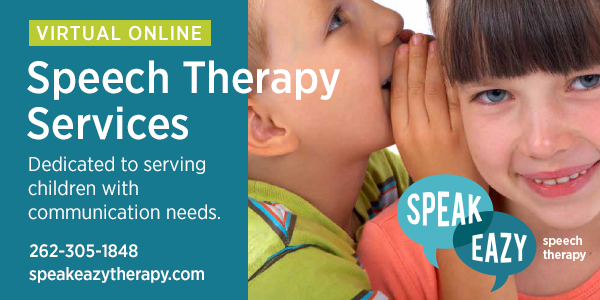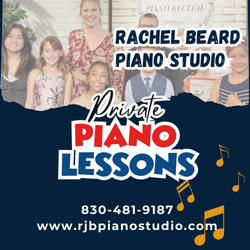Many parents wonder if they should pursue testing and a diagnoses because of a child’s learning struggles or sensory issues. One “pro” for labeling is that a specific diagnosis given to an insurance company can provide needed services such as speech therapy, occupational therapy or physical therapy. Although this is helpful for some, there are many “cons”. Many parents report that their child’s testing, while confirming that the child was indeed struggling, yielded very little in the way of specific help beyond vague coping and compensating suggestions. Testing can give a name to the problem but has no real solutions and let’s face it, that’s really what parents are looking for – answers! Other parents report that expensive programs were suggested as possible solution, but for most were financially out of reach. Still others have been told that they should not be home schooling because only “professionals” can handle their child’s issues. At Little Giant Steps we find that home schooling parents are VERY resourceful and proactive and if equipped with the right kind of information, produce incredible changes in a child’s functional abilities. We firmly believe that parents are the experts as far as their children are concerned. Because our LGS families have been equipped with answers and solutions, children who were uncomfortable in their clothes can now tolerate clothing textures, even those pesky seams in socks! Children who skipped lines or words when reading, now can read fluently. Children who couldn’t stay on task or follow directions, now go through life without causing intense family conflicts. This is because our amazing God built into our brains what is known as “plasticity” (review the description in Part 2 of To Label or Not to Label). The list of issues that children struggle with is almost endless, yet most can be resolved, over time, by specific stimulation to the brain as per our in-home programs.
The only one major exception to the “cons” of labeling would apply to the individual who has a low IQ or physical disability who requires support for life. The NeuroDevelopment Approach has much to offer in raising the function and enhancing the quality of life but a label will ensure ongoing assistance.
Most of our educational system is set up to test, label and put together a plan to remediate or lessen the academic load of those students who exhibit learning challenges. What I have observed among students who get further behind in their studies with each passing year is that they are often passed on from one grade to the next and often graduate with a non-functional education. I also find very intelligent individuals who are able to cope and compensate but have a life-long struggle and rarely reach their full potential, because “life” doesn’t come with concessions, only school settings do.
These lowered expectations are a far cry from what we dream for our home schooled children but what options do we have? Answers are not found by focusing on a label but answers are revealed by discovering the root cause of the symptoms that give grounds to the label.
Let’s take a person with dyslexia for an example. Samuel T. Orton, who coined the term “dyslexia”, stated that there were a number of characteristics commonly found in this population: poor balance, eye tracking or convergence struggles (eyes not working together), central detail vision, cross dominance (eye or ear dominance opposite to the dominant hand). Inadequate coordination, letter reversals, and phonemic awareness challenges.
John’s mom was desperate to find help for her son. It turns out this kiddo who said, “I am not a very smart little boy” had an IQ of 130! John struggled to do what the other children did in class and from that, judged himself wrongly. After a diagnosis of dyslexia, two years of the traditional dyslexic phonetic approach to reading, John could read at grade level but his mom said, “He just works way to hard and still has many symptoms listed in the dyslexia checklist.” After sixteen months of our neurodevelopmental intervention administered by Mom at home, John’s comprehension went to 10th grade at age 11 ½ years (6th grade age). Here is what John’s mother had to say.
So the complex question, “To Label or Not to Label” remains. You must consider all the ramifications for your personal situation but my prayer is that, like my discovery years ago, you will find answers outside of the traditional labels that bring hope and help to your loved one. We are here for you with the answers you are looking for. If you’d like more information, start with free webinars or free articles and look for more blog posts here with neurodevelopmental tips. Blessings, Jan Bedell




